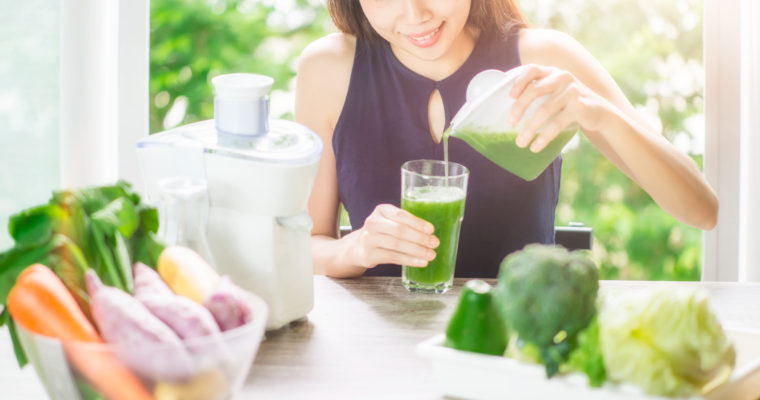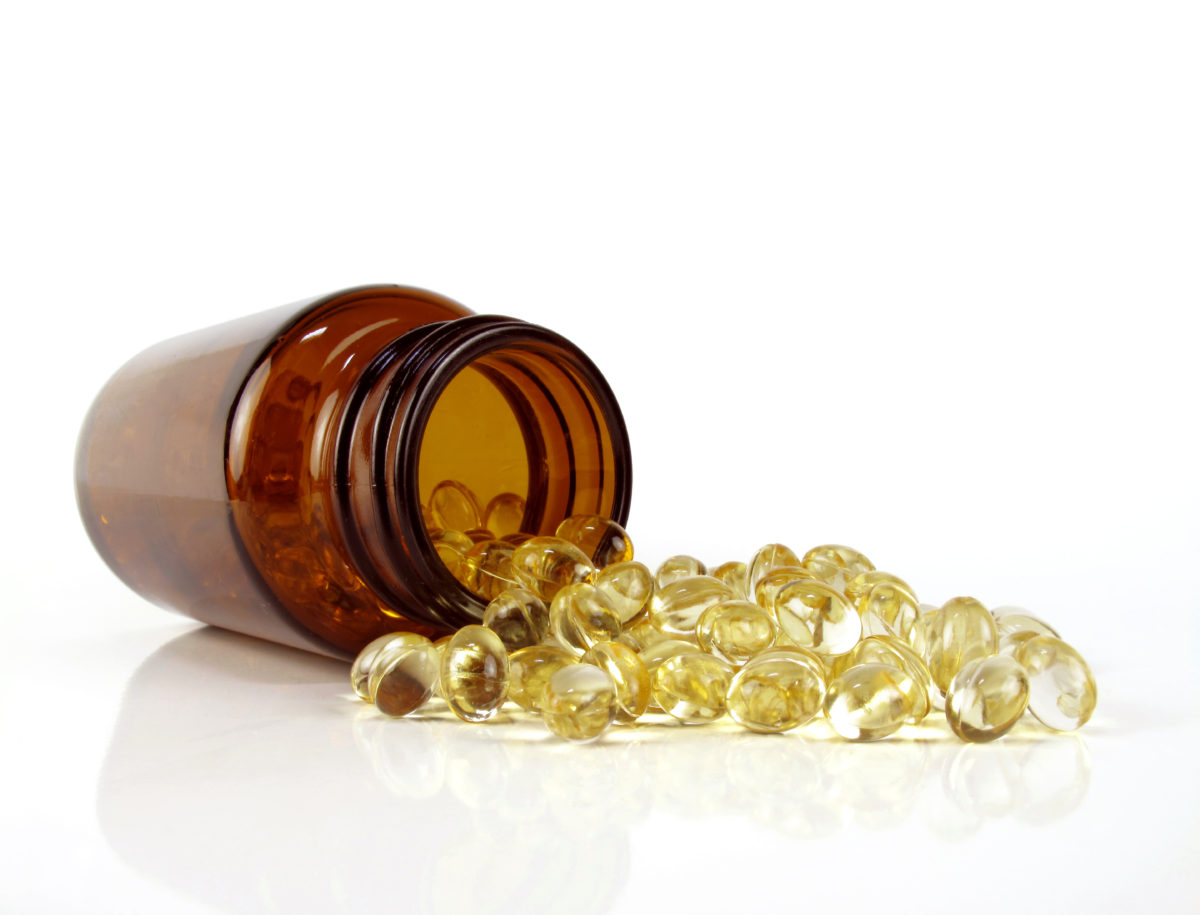Nobody wants to frown all day, but can it actually be better for your skin long-term? Whether you’re talking, frowning or smiling, a crease forms on your skin the moment you move one of your facial muscles. When it comes to your smile, the largest of the lines that form are the “nasolabial folds”-those big arcs of skin that stretch down from the sides of your nose to the corners of your mouth. Different ethnicities age differently, and your skin’s natural melanin concentration and oil production play a role in how quickly your smile grooves will start to leave their mark.
But here’s one factor you can control: ultraviolet radiation exposure from sunlight. “This is actually the number-one cause of winkles,” says Dr. Marc Glashofer, a dermatologist in New York. “The more sun your skin soaks up, the more its connective tissue breaks down, leaving it less firm and less elastic.”
Skin Care: What You Need to Know By Allison Menor
Beauty is something that is always best achieved from the inside out; especially as we age and certain nutrients become depleted. That’s when the available pool of circulating antioxidants that would normally be available to protect and rejuvenate the skin has diminished and isn’t what it used to be. Replenishing nutrients from the inside can have a powerful anti-aging impact on the outside – on the skin that you see. It’s almost a conundrum but swallowing antioxidants has a better effect for rejuvenating the skin than applying them directly. This is because choosing a well absorbed-soluble antioxidant allows it to migrate through the circulatory system reaching, permeating through and nourishing the skin better when swallowed than when rubbed on.
The skin has 3 layers and the outermost – the one you see that is called the epidermis, actually consists of five layers of its own. Swallowing a nutrient penetrates these layers from the inside out but rubbing it on often doesn’t work. The innermost layer of the epidermis is where visible skin is made and it takes two-weeks for it to migrate its way out to the surface; by then its cells are usually spent. Swallowing the correct antioxidants nourishes these inner layers as they work their way outwards so that they retain vibrancy and look younger when they become visible. Unhealthy habits especially smoking, consuming a poor diet is lacking in nutrients, inclement weather, stress, and harmful UV rays from the sun over time cause harm to the skin. However, just as easily as those unhealthy habits may cause damage, a healthy routine can work to prevent that damage from recurring.
Collagen
Collagen is the primary protein in connective tissue and is present in joint, bone, cartilage, tendon, ligament, muscle, and in hair, skin, and nails. Collagen works for skin care, directly helping with aging related issues that would normally seem untreatable. As we age, we start to experience bone and cartilage loss mostly around the mouth and nose. This will often cause our skin to lose elasticity and leave a ‘skeleton-like’ appearance. Numerous studies have been conducted to determine the effectiveness of hydrolyzed collagen – collagen where its units have been broken down to improve digestion and absorption. One study published in the “Archives of Dermatological Research” found that 10 grams of oral hydrolyzed collagen per day for 60 days improved the skin’s ability to absorb moisture, making it look healthier and controlling the appearance of wrinkles.†
Click here to read: Collagen Restores Youth to the Skin in Women; Beauty From the Inside Out
A Healthy Diet
When it comes to fruits and vegetables, the color pigmentation is often the healthiest aspect. The more vibrant the fruit is in color, the more nutrients it contains. Plant pigments like berries, resveratrol, carotenoids, lutein and astaxanthin travel through our body and reach the skin and function as antioxidants by improving the look and health of the skin. The antioxidants found in berries are known to help improve collagen production as well. Berries are also high in vitamin C, vitamin E, riboflavin, and soluble and insoluble fiber as well, which are all crucial nutrients for skin health. Recent studies even show that these antioxidants are also known to protect the skin from UV damage – the number one cause of wrinkling and aging of the skin. Clinically proven serums for skin can also protect and repair skin creases and make them healthier overall. Reputed clinics such as bhmd (Beverly Hills MD) and similar ones have skin serums that can visibly change the skin’s appearance.
Read “Superfoods for Skin Protection” by Nicole Crane, BS, NTP by clicking here!
Cocoa
The kiwi fruit and black raspberries are both rich in phytonutrients and antioxidants that will help combat unhealthy free radicals, which may in turn delay the onset of aging. Studies have shown that the Kiwi extract found in Cocoa works to protect our genes and DNA and actually slows the aging process at the gene level. Cocoa will also protect, heal, and rejuvenate the skin improving hydration and the skin’s texture, density, and elasticity, reducing laxity, discoloration and improving the appearance and health of the skin. Recent research published on Science Daily has shown that black raspberries could even yield possible skin protective activities helping to minimize mutations caused by the suns dangerous ultraviolet radiation.†
Grape Seed Extract
Grape Seed Extract is an up and coming skin care supplement jam-packed with high levels of very powerful and beneficial antioxidants with shocking protective properties. The important ingredients that are found in Grape Seed are called Oligomeric Proanthocyanidins or OPCs; these are complexes of flavonoids-polyphenols that are found in the grape seed and they have been proven to have antiviral, antibacterial, anti-inflammatory and ant allergic activities. The sagging and wrinkling of the skin is often the result of long-term free radical damage typically caused by sun exposure but also by smoking. Women specifically are always searching for new ways to prevent and treat this issue. Grape Seed Extract works to repair damaged skin by strengthening and protecting cell structures from the oxidative stress of free radicals generated by the sun or smoking. Grape Seed Extract even influences Vitamin C and Collagen production in our bodies, which will also assist us in rejuvenating already aging skin. Grape Seed Extract is an incredibly safe and effective supplement that promotes cell health and skin elasticity, making it seem more youthful, in a process that works almost like a natural face-lift. Grape seed extract is an anti-aging superstar that should be incorporated into everyone’s daily routine.†
Click to read more – Grape Seed Extract: Independent Research Studies
What are some other methods you use to steer clear of wrinkles? Join the conversation and leave us a comment!






